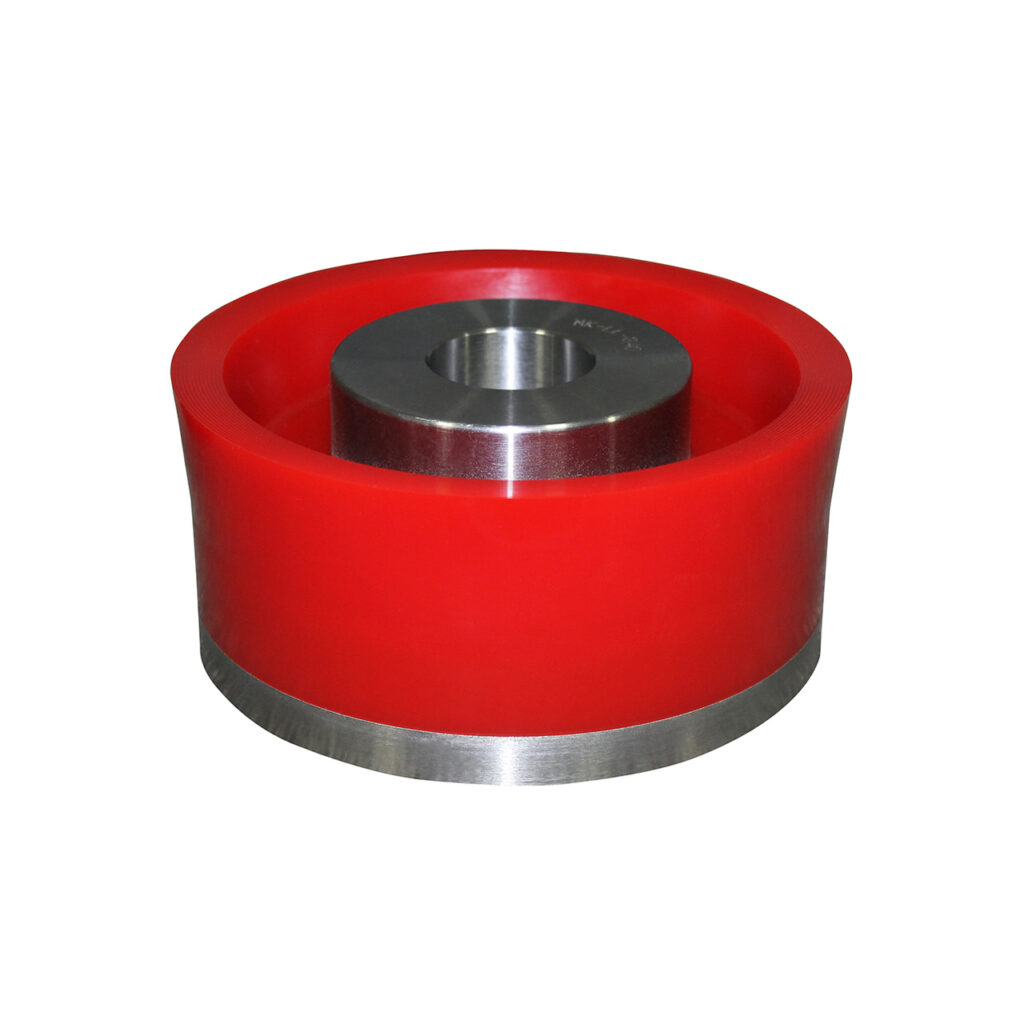Product Center
MUD PUMP PARTS
Felis etiam pellentesque scelerisque eleifend in aliquam sed morbi nisl lectus mi proin ultricies quis bibendum.
EMAIL Us Today:
josean.lu@lcpumpliner.com
Mud Pump Parts Analysis Diagram
MUD PUMP PARTS
Vulputate vulputate eget cursus nam ultricies mauris, malesuada elementum lacus arcu, sit dolor ipsum, ac felis, egestas vel tortor eget aenean nam nulla est.
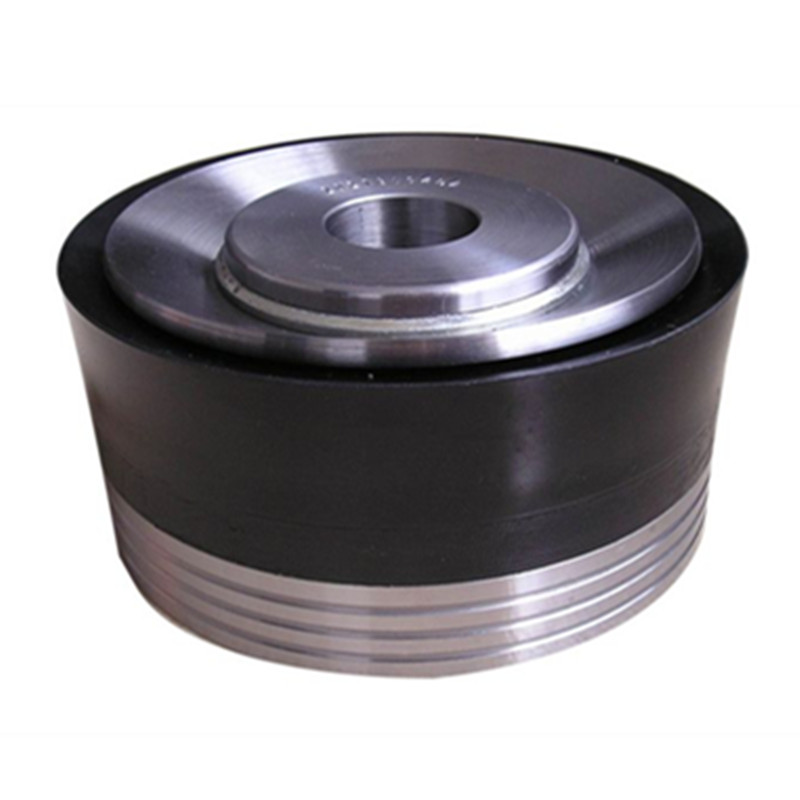
Replaceable Rubber piston
Preassure rate: 5,000 psiTemperature rate: 200FSuitable for: Water/Synthetic based mud
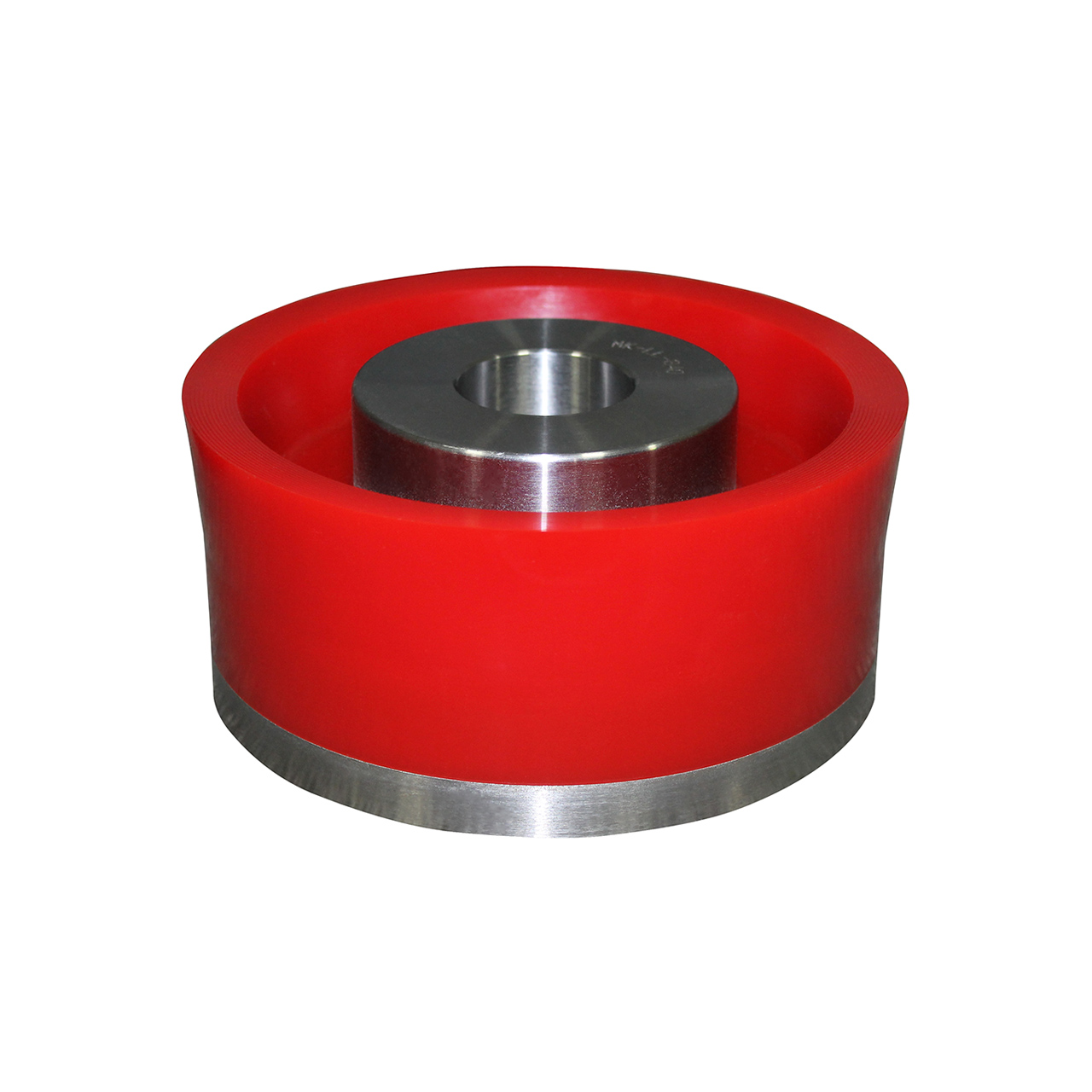
Rubber bonded piston
Preassure rate: 5,000 psi;Temperature rate: 200F;Suitable for: Water/Synthetic based mud
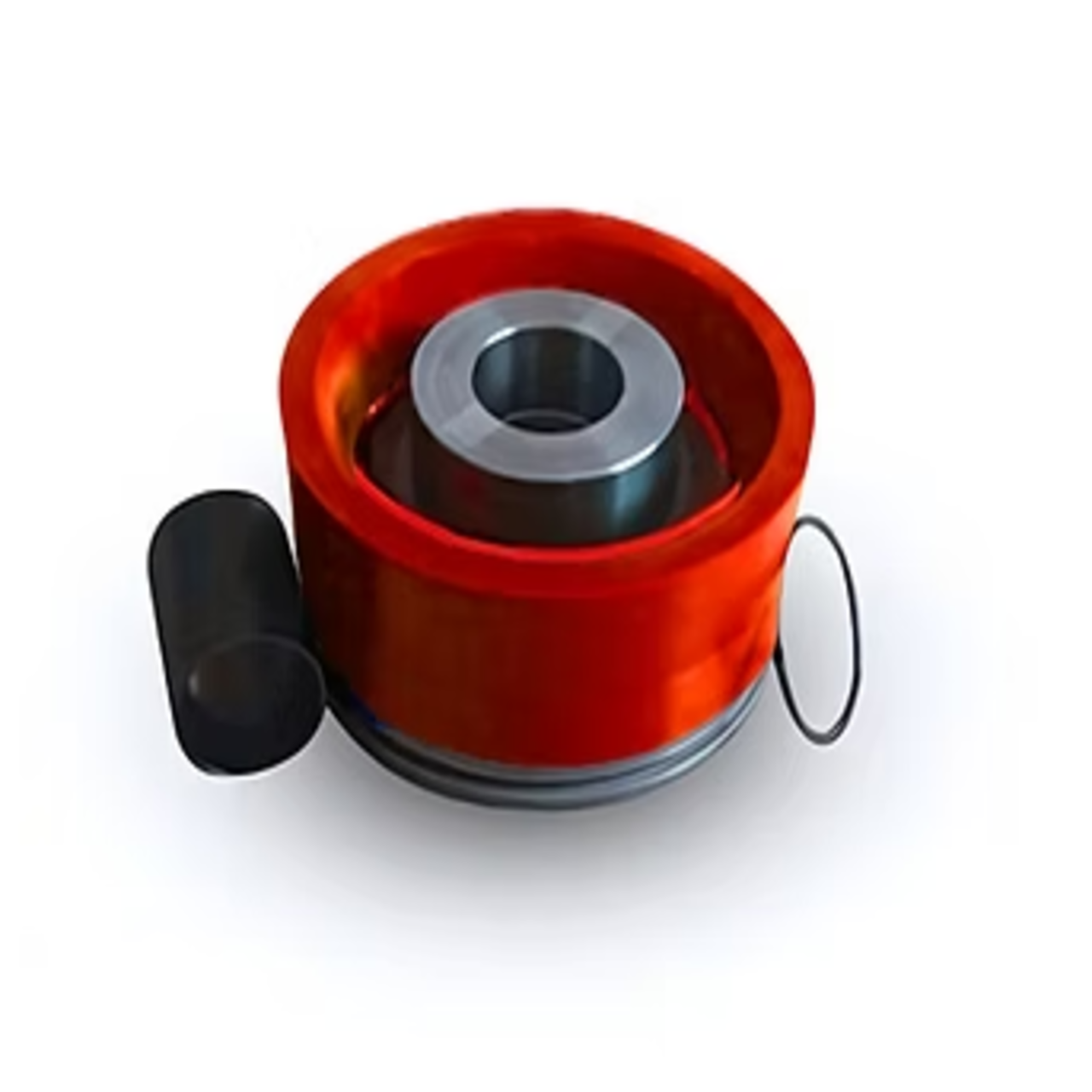
Urethane bond piston
Preassure rate: 5,000 psi;Temperature rate: 180F;Suitable for: Oil/Water based mud

High temperature urethane bonded piston
Preassure rate: 7,500 psi;Temperature rate: 350F;Suitable for:: Oil, Synthetic and Water Muds
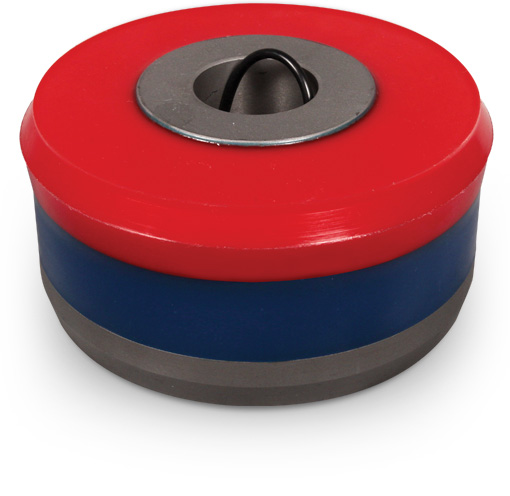
Bull nose extreme piston
Preassure rate: 7,500 psi;Temperature rate: 350F; Suitable for: All based muds

Supporting Subheading
Feature One
Material compatibility and customization
Feature Two
Modular structural design
Feature Three
Dynamic optimization of sealing performance
Feature Four
Enhanced wear and fatigue resistance
Feature Five
Adaptability to high-temperature conditions
Feature Six
Dimensional standardization and interchangeability

Supporting Subheading
Feature One
Material compositeness and interface strengthening
Feature Two
Dynamic sealing stability
Feature Three
Tear resistance and fatigue life
Feature Four
Self-lubrication and low friction properties
Feature Five
Corrosion resistance and environmental adaptability
Feature Six
Standardized and modular design

Supporting Subheading
Feature One
High-strength metal-polyurethane composite structure
Feature Two
Dual hardness gradient design
Feature Three
Ultra-low friction and self-lubricating properties
Feature Four
Chemical corrosion resistance and high-temperature stability
Feature Five
Optimized dynamic seal design
Feature Six
Modular maintenance and standardized interchangeability

Supporting Subheading
Feature One
High-temperature resistant composite structure reinforcement;
Feature Two
Gradient hardness design for thermal deformation resistance
Feature Three
Optimized high-temperature dynamic seals
Feature Four
Heat stability and enhanced wear resistance
Feature Five
Chemical corrosion and aging resistance
Feature Six
Modular maintenance and high-pressure adaptability

Supporting Subheading
Feature One
Reinforced materials for extreme working conditions
Feature Two
High-temperature stability design
Feature Three
Dynamic seal optimization technology
Feature Four
Chemical resistance
Feature Five
Fatigue resistance and long life
Feature Six
Modular quick-change



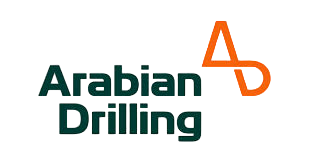
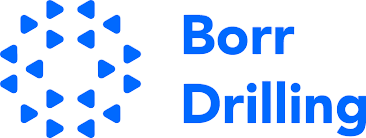
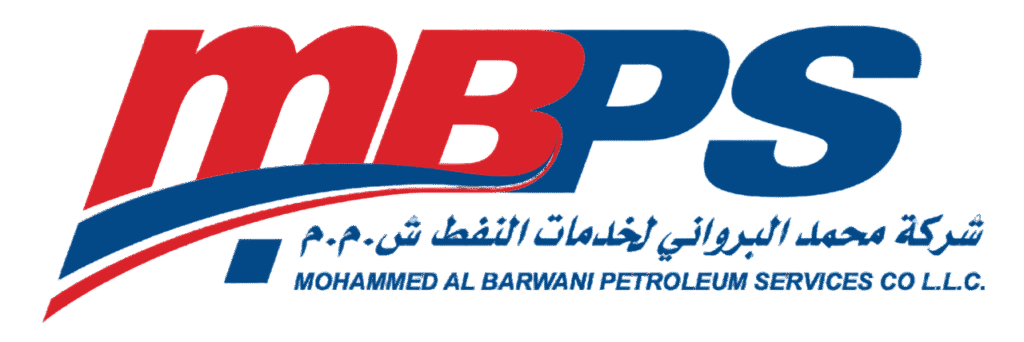


Frequently Asked Questions
Suitable Subtitle
Mud pump pistons are critical components in drilling operations, designed to reciprocate within the pump cylinder to create pressure fluctuations that move drilling fluid (mud) through the system. This ensures efficient hole cleaning, cooling of the drill bit, and removal of cuttings
- Single-Action Pistons: Pump fluid in one direction per stroke (e.g., Triplex Pump Pistons).
- Double-Action Pistons: Pump fluid in both directions (e.g., Duplex Pump Pistons).
- Fail-Safe Pistons: Designed for emergency shutdown scenarios to prevent fluid backflow
- Metallic: High-strength steel or alloy steel for durability in abrasive environments.
- Polyurethane (PU): Used for lightweight, corrosion-resistant applications.
- Composite: Hybrid materials combining rubber/metal for shock absorption and wear resistance [2].
Key factors include:
- Pump Model Compatibility (e.g., Triplex Pump Piston for 6P-HD models).
- Operating Conditions: Pressure ratings, fluid viscosity, and abrasiveness.
- Material Requirements: Choose PU for corrosive fluids or steel for high-pressure environments [2].
Regular inspections are critical:
- Daily: Check for wear, cracks, or misalignment.
- Weekly: Lubricate moving parts and clean debris.
- Monthly: Replace worn seals or piston rods to prevent system failure [4].
Suitable Subtitle
- Reduced Pump Efficiency: Lower pressure/output despite normal RPM.
- Excessive Vibration: Indicates piston rod misalignment or wear.
- Fluid Leaks: Damaged seals or cracks in the piston body [6].
- Proper Lubrication: Use manufacturer-recommended grease for piston rods.
- Avoid Overloading: Operate within the pump’s rated pressure limits.
- Regular Cleaning: Remove abrasive particles from the cylinder to prevent premature wear [4].
While some universal designs exist, compatibility depends on specifications like thread type, diameter, and stroke length. Always verify dimensions against the manufacturer’s guidelines [2].
Extreme heat can:
- Degradate Rubber Seals: Leading to leaks and reduced efficiency.
- Cause Thermal Expansion: Misalignment or seizing if materials expand unevenly.
Use high-temperature-rated materials (e.g., heat-treated steel) in such conditions [7].
- Shut Down the Pump: Ensure the system is depressurized before maintenance.
- Use Proper Tools: Avoid damaging threads or seals during installation.
- Wear PPE: Protect against fluid splashes and sharp edges [6].
We are here to answer your questions and support your needs.

